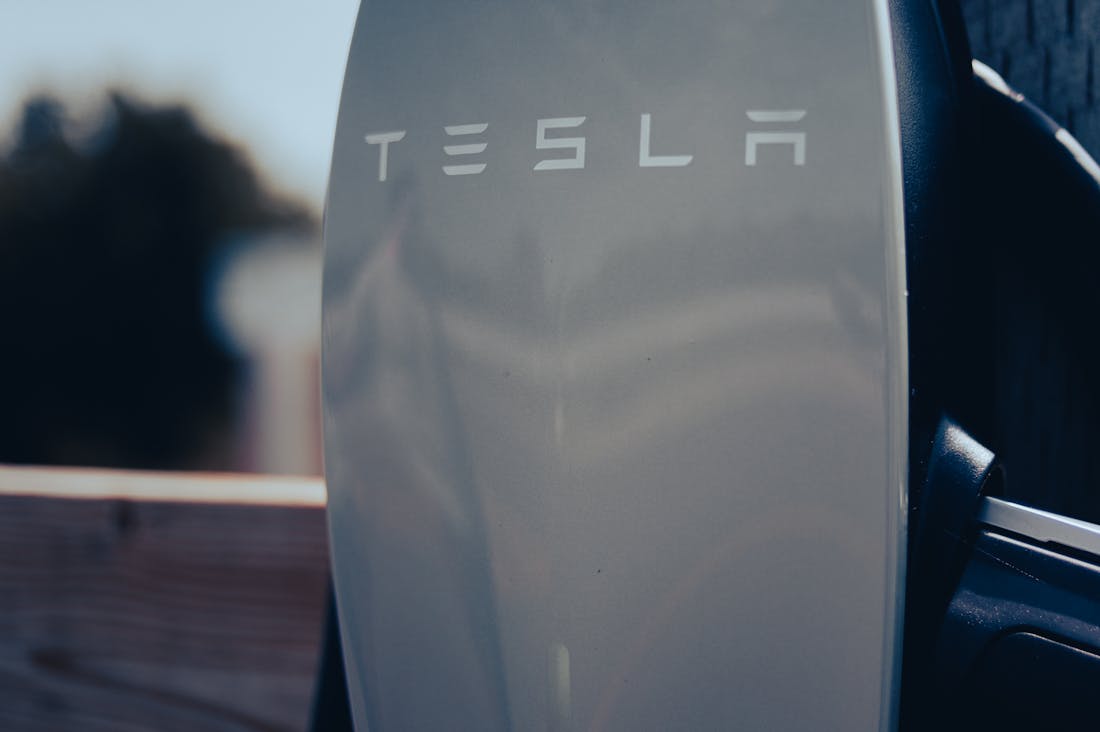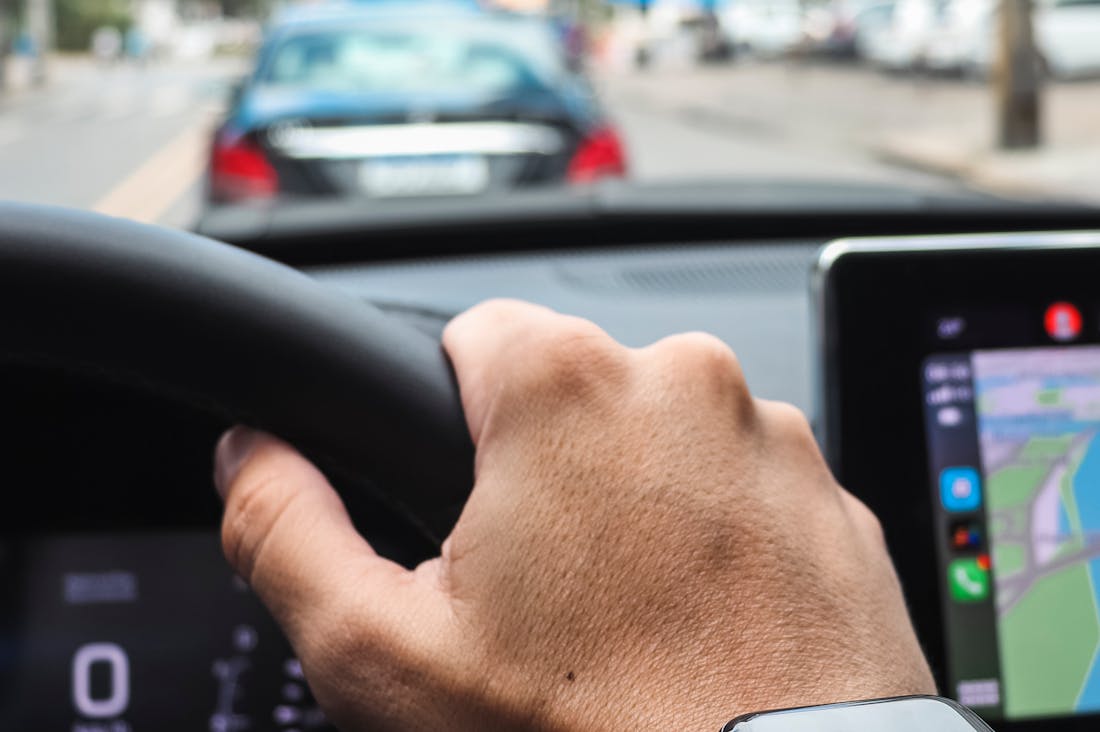The auto industry is undergoing a seismic shift, propelled by advancements in technology and changing consumer preferences. As we delve into "The Future of Driving," we'll explore the latest trends and innovations reshaping transportation. From electric and autonomous vehicles to smart infrastructure and shared mobility solutions, these developments promise to redefine how we experience driving, enhance safety, and reduce environmental impact. Join us as we envision a new era in mobility, where connectivity and sustainability are at the forefront of automotive evolution.

Emerging Technologies in Vehicles
Emerging technologies in vehicles are revolutionizing the automotive industry, paving the way for smarter, safer, and more efficient transportation. Innovations such as electric powertrains are significantly reducing carbon emissions, while advancements in battery technology enhance vehicle range and charging efficiency. Automated driving systems, including adaptive cruise control and lane-keeping assist, are evolving towards fully autonomous vehicles, aiming to minimize accidents caused by human error. Connectivity features, like Vehicle-to-Everything (V2X) communication, enable cars to interact with their surroundings, enhancing traffic management and improving safety. Additionally, artificial intelligence and machine learning are optimizing everything from maintenance predictions to personalized in-car experiences, illustrating the transformative potential of technology in driving the future of mobility.

Sustainability and the Future of Auto Manufacturing
Sustainability is becoming a cornerstone of the future of auto manufacturing as the industry grapples with the pressing environmental challenges of our time. As concerns about climate change mount, automakers are increasingly shifting towards more sustainable practices, emphasizing electric vehicles (EVs), renewable energy, and the circular economy. This involves not only the production of zero-emission vehicles but also rethinking the entire supply chain to reduce waste and enhance efficiency. Innovations in materials, such as biodegradable composites and recycled metals, are gaining traction. Additionally, manufacturers are investing in sustainable production processes and energy-efficient factories. By prioritizing sustainability, the auto industry can significantly reduce its carbon footprint, contribute to a greener planet, and meet the expectations of environmentally conscious consumers. Ultimately, a commitment to sustainability not only fosters corporate responsibility but also drives economic growth and technological advancement in the automotive sector.

The Role of Connectivity in Modern Driving
In the contemporary landscape of driving, connectivity plays a pivotal role in enhancing both safety and convenience. With the integration of advanced technologies such as GPS navigation, real-time traffic updates, and vehicle-to-vehicle communication, drivers are empowered to make informed decisions on the road. Connectivity enables features like adaptive cruise control and lane-keeping assistance, which significantly reduce the risks of accidents caused by human error. Moreover, connected vehicles can access a plethora of applications that provide entertainment, hands-free communication, and seamless integration with smart devices, transforming the driving experience. As the automotive industry continues to evolve, the emphasis on connectivity will likely foster more efficient, safer, and environmentally friendly transportation solutions.
The Rise of Autonomous Vehicles and Their Impact
The evolution of autonomous vehicles (AVs) represents a revolutionary leap in the automotive industry, promising to transform our roads and cities. As technology advances, fully self-driving cars are becoming a tangible reality, aiming to improve road safety and reduce congestion. AVs use a combination of sensors, cameras, and sophisticated algorithms to navigate complex environments without human intervention. This shift not only enhances convenience for users but also has the potential to reshape urban planning by reducing the need for parking spaces and enabling more efficient use of roadways. The implications for public transportation and logistics are profound, paving the way for a more connected and efficient transportation ecosystem.
Shared Mobility Solutions and Their Benefits
Shared mobility solutions, including ride-sharing and car-sharing services, are redefining personal transportation by offering flexible alternatives to traditional car ownership. These services provide convenient access to vehicles on an as-needed basis, reducing the environmental impact associated with vehicle manufacturing and maintenance. By promoting the use of shared resources, cities can alleviate traffic congestion and lower carbon emissions. Furthermore, shared mobility encourages the integration of various transportation modes, allowing users to combine services such as public transit, biking, and walking for a seamless travel experience. This shift towards shared mobility not only enhances urban accessibility but also fosters community engagement and connectivity.
The Role of Smart Infrastructure in Future Mobility
Smart infrastructure plays a critical role in the evolution of transportation, enhancing the efficiency and safety of both vehicles and roadways. By implementing technologies such as intelligent traffic signals, connected roadways, and smart parking solutions, cities can optimize traffic flow and reduce congestion. These systems communicate with vehicles, providing real-time information about traffic conditions and hazards, thus improving safety for all road users. Furthermore, smart infrastructure facilitates the integration of electric vehicle charging stations into the urban landscape, promoting the adoption of EVs. As cities invest in these advancements, the overall driving experience improves, leading to a more sustainable and connected future.
Consumer Trends Shaping the Future of Driving
As the automotive landscape evolves, consumer preferences are playing an increasingly pivotal role in shaping the future of driving. Today's drivers are more informed and environmentally conscious, seeking vehicles that align with their values and lifestyles. Features such as advanced safety systems, connectivity, and sustainability are now key deciding factors for potential buyers. Furthermore, the demand for personalization is on the rise, with consumers desiring vehicles that reflect their unique tastes and preferences. The automotive industry must adapt to these changing trends by offering innovative solutions and experiences that resonate with modern consumers, ensuring that they remain relevant in an ever-competitive market.